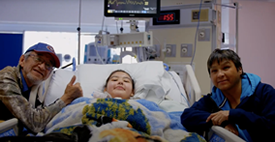VIRTUAL HEALTH HUB
Our Virtual Health Hub project has the potential to serve as a model for Canada and the rest of the world.
Advanced Virtual Care Technology
Advancing healthcare delivery through wearable device technology for virtual care.
Healthcare
We are transforming the delivery of healthcare in Saskatchewan
We are building the Virtual Health Hub model where remote presence technology helps take care of our patients in a more time and cost-efficient manner. Patients are seen in real-time in their own communities or their own homes using virtual care.
The potential applications of remote presence robotics are almost limitless.
In critical or emergency situations, having immediate access to specialist support can mean the difference between life and death. On the other hand, for primary and chronic care, removing the burden of travel for either patient or provider can lead to improved access and continuity of care.
For patients unable to travel to a clinic, portable units can be taken to the home for a virtual house visit. In long-term care facilities, Residents can receive after-hours acute care without having to be transferred to the hospital and decreasing the burden to emergency rooms.
Medical robots in action: Ivar Mendez at TEDxToronto
The fifth annual TEDxToronto conference took place on September 26, 2013 at The Royal Conservatory of Music.
For our 2013 TEDxToronto Conference, all talks, performances and demos were rooted in our selected theme, "The Choices We Make."
About the Demonstration: Dr. Mendez is a Fellow of the Royal College of Physicians and Surgeons of Canada and the American College of Surgeons. He is the H Wigmore Professor of Surgery and the Provincial Head of Surgery at the University of Saskatchewan and Saskatchewan Health Authority. As a clinician scientist, Dr. Mendez's research focus is on brain repair, stem cells and robotics. Dr. Mendez and his team performed the first long-distance telementoring neurosurgery in the world.
VIRTUAL HEALTH HUB
Our Virtual Health Hub project has the potential to serve as a model for Canada and the rest of the world.
Service
We take care of the most vulnerable populations
Remote presence robotics can be beneficial anywhere in the province. However, a particular advantage can be seen with some of our most vulnerable populations, including children, residents in long-term care facilities, and Indigenous communities.
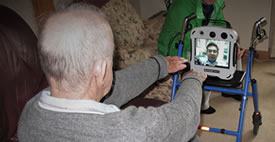
Long-Term Care Facilities
As our population ages and the demands on our healthcare system increase, we need to ensure that our patients get the best possible care.
Advanced Virtual Care Technology
Advancing healthcare delivery through wearable device technology for virtual care.
Research
Our team has built a foundation of scientific research to support the safe and effective integration of virtual care technologies into our healthcare systems.
"Our team was awarded $4,633,452 CAD in external peer-reviewed grants and published 22 peer-reviewed papers in 2023/2024."
Remote Presence Projects
Research is an integral component of our Remote Presence Program
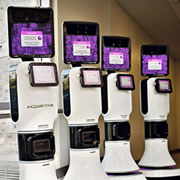
Remote Presence
We have been studying the use of virtual care and remote presence technology in providing primary and specialized care in several areas.
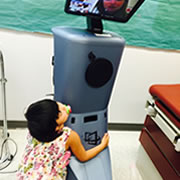
Pediatrics
We are exploring the use of remote presence technology in acute pediatric care. Several systems have been installed across the province of Saskatchewan.
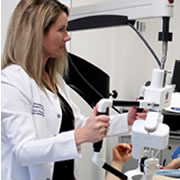
Telerobotic Ultrasonography
We are investigating a novel telerobotic ultrasound system to provide real-time sonography studies in remote locations in northern communities.
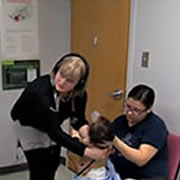
Indigenous Health
For the past few years, we have been researching the use of remote presence technology in providing access to remote Indigenous populations in northern Saskatchewan.
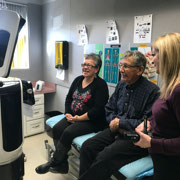
Physiotherapy
With our partners in the School of Rehabilitation Sciences, we have been researching the use of remote presence technology in providing physiotherapy services to remote populations.

Virtual Care Methodology
We have developed best practices for deploying virtual care in underserved regions.
Smartphone Applications
We develop mobile applications to bring information closer to doctors and patients
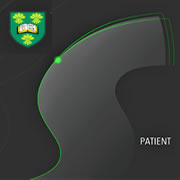
SK-Patient
SK-Patient is a mobile app that simulates aspects of the procedure to enhance understanding and decrease the apprehension in patients prior to surgery.
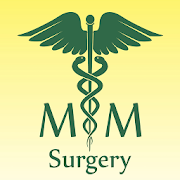
M&M Surgery
We have developed a smartphone app that facilitates the tracking of Morbidity and Mortality in Surgery. This app is used by surgeons to enhance patient safety
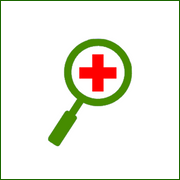
Inventory
Inventory is a smartphone app that shares emergent medical protocols and procedures for treating COVID-19-screened patients with health professionals.
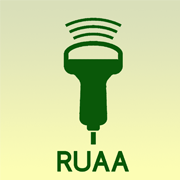
RUAA
Remote Ultrasound Capacity Building for Antenatal Access (RUAA) is a smartphone app to gather outcome data and is used simultaneously with ultrasound scans.
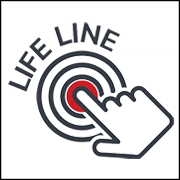
LifeLine: Mental Health App
LifeLine is a mental health app that provides mental health support to vulnerable populations. Although the App is geared to younger individuals at risk of suicide.
Virtual Reality and 3D Printing
We are exploring innovative methods for teaching and training using virtual reality.
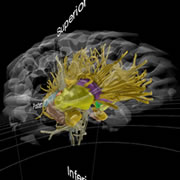
Teaching neuroanatomy to medical students using virtual reality
We are exploring the use of Immersive and interactive virtual reality to improve learning and retention of neuroanatomy in medical students.

Training remote assistants on how to use the telerobotic ultrasound system
Training patient site assistants on how to set up and use the telerobotic ultrasound system can be done in five minutes using a short immersive virtual reality video.

3D Printing for Neurosurgery
The use of 3D printing for pre-operative planning is being studied in neurosurgery. The patient’s MRI data has been used to 3D print brains for planning surgical procedures.
Opinions and Editorials
Opinions and editorials play a crucial role in shaping the discourse around virtual care and remote presence. These thought-provoking pieces offer diverse perspectives on the benefits, challenges, and ethical considerations associated with these emerging healthcare technologies.
Artificial intelligence a tool for Sask. healthcare crisis
Artificial intelligence can play a crucial role in addressing the issues afflicting healthcare in Saskatchewan.
Saskatchewan is a perfect place for virtual healthcare
Virtual medical care can help provide better healthcare services to people living in remote and rural areas in Saskatchewan.
Technology helping address Indigenous healthcare inequity
A specialist in remote care robotics and a Saskatchewan post-education leader see solutions for the healthcare gap for Indigenous people.
Team
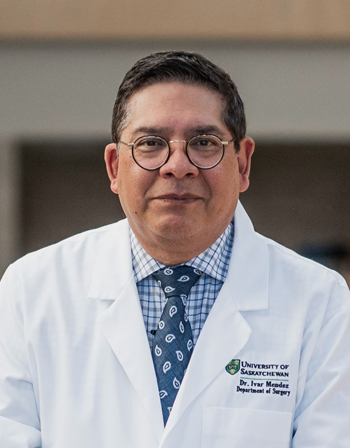
Dr. Ivar Mendez
Professor of Neurosurgery and Director of the Virtual Care and Remote Presence Robotics Programs
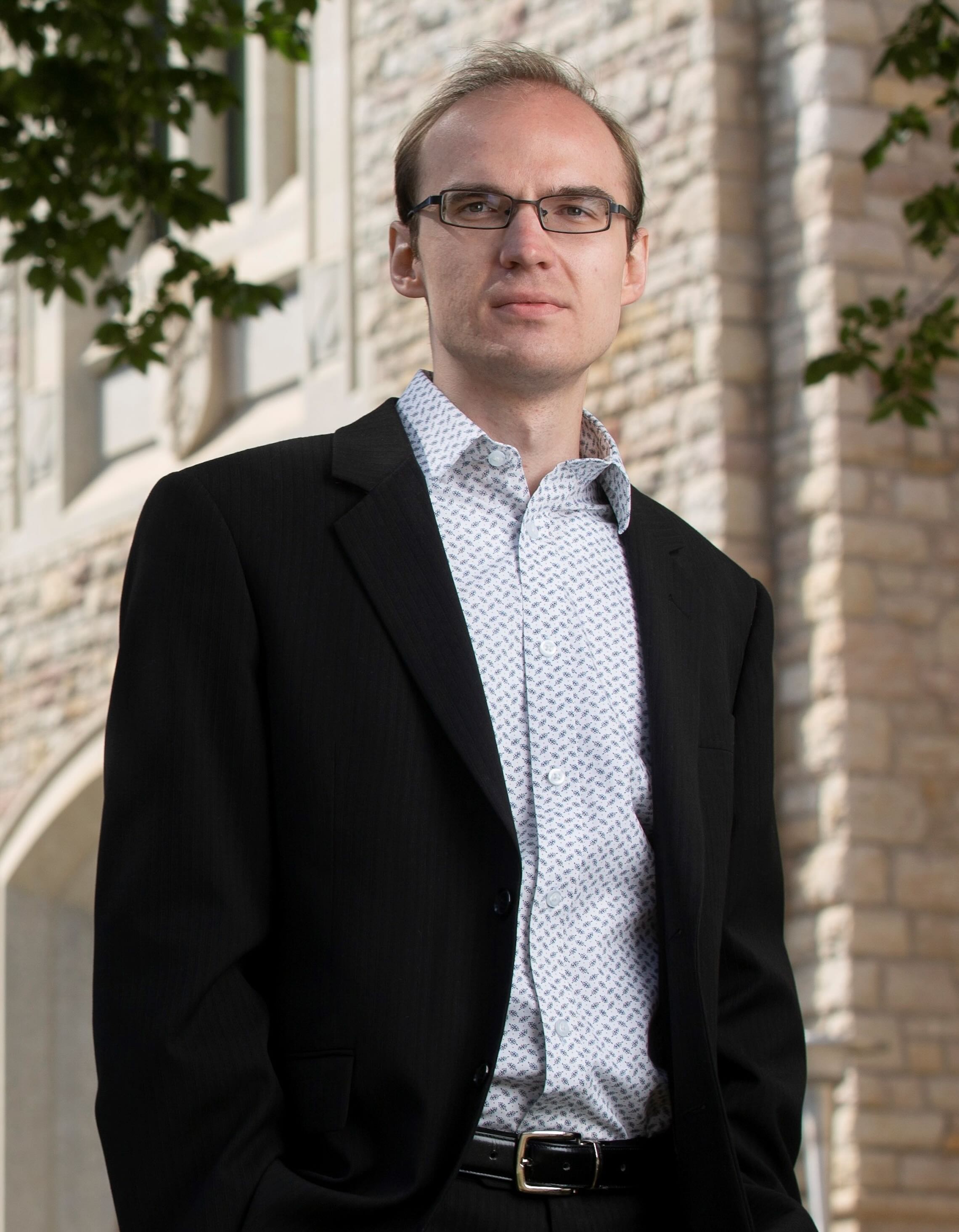
Dr. Scott Adams
Director of Research & Telerobotic and AI Diagnostic Services; Cardiothoracic Radiologist, Royal University Hospital; Assistant Professor, College of Medicine
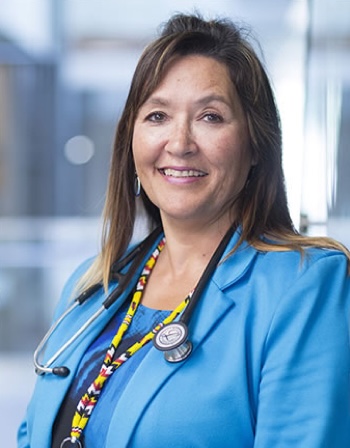
Dr. Veronica McKinney
Director, Northern Medical Services
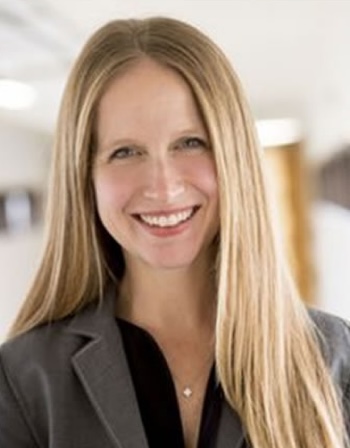
Dr. Tanya Holt
Jim Pattison Children's Hospital, Saskatchewan Health Authority, Division Head Pediatric Critical Care and Pediatric Transport
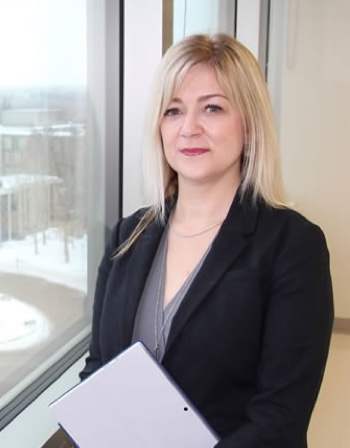
Dr. Stacey Lovo
Director of Virtual Physiotherapy and Rehabilitation and Assistant Professor, School of Rehabilitation Science
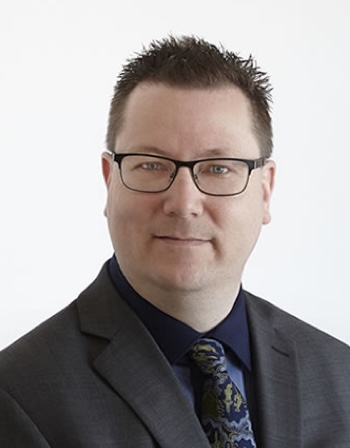
Dr. James Purnell
Family Physician, Northern Medical Services; Assistant Professor, Department of Academic Family Medicine

Dr. Greg Hansen
Jim Pattison Children's Hospital, Saskatchewan Health Authority, Pediatric Critical Care
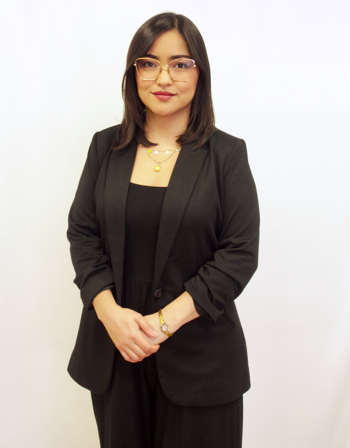
Dr. Mayra Samaniego
Research Associate & Cybersecurity Specialist
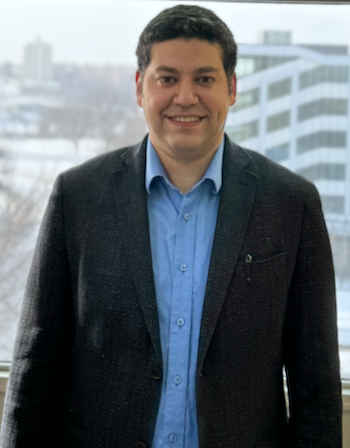
Dr. Hamza Dani
Coordinator, Saskatchewan Virtual Care Strategy Project and Rural Virtual Care Program
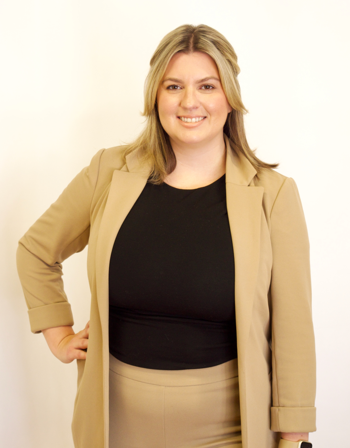
Briana Bowes BA
Coordinator, Virtual Health Hub Program
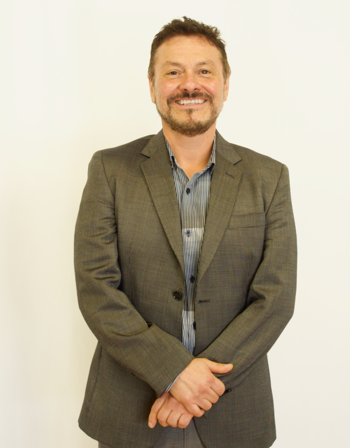
Luis Bustamante MASc
Coordinator, Robotic Engineer
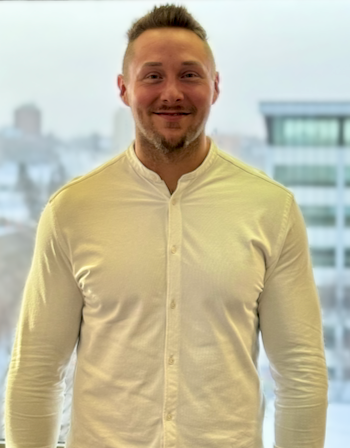
Joey Deason MBA, PMP
Manager, Virtual Care Operations

Dr. Amal Khan
Physician, Population Health Specialist and Officer
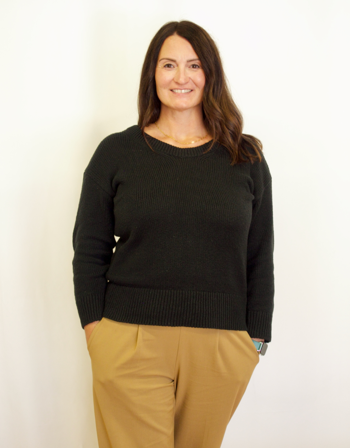
Martine Pringle
Tele-robotic Ultrasound Technologist
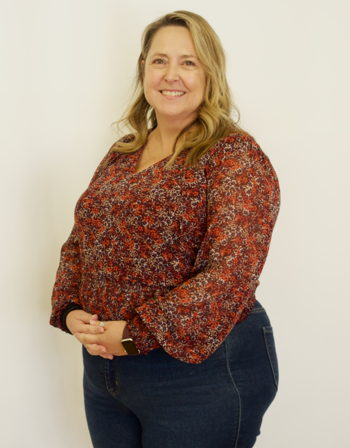
Cheryl Saunders
Tele-robotic Ultrasound Technologist
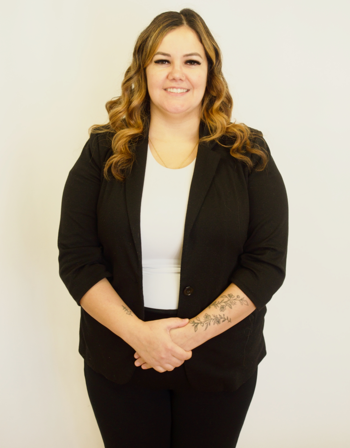
Brittany Olson
Remote Presence Nurse Clinician
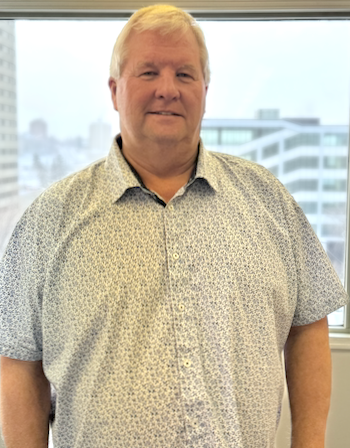
Dr. Brent Burbridge
Senior Tele-Diagnostic Imaging Services Specialist
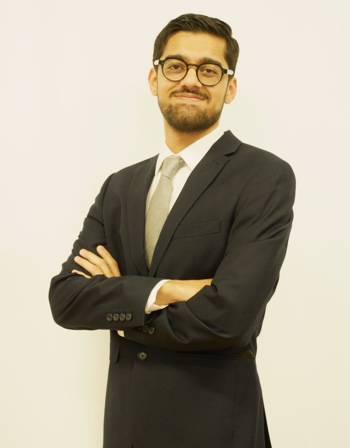
Ahmad Rahman
Software Engineering Manager
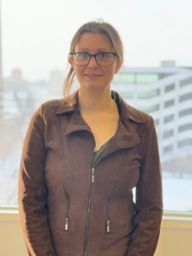
Corinne Berger
Virtual Health Hub Research Technician - Eye Tracking Technology
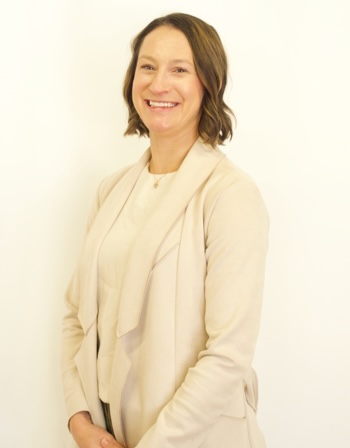
Dr. Breann Kozun
Pediatric Medical Services Specialist
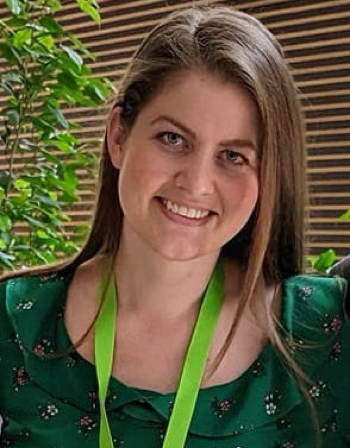
Dr. Victoria Sparrow-Downes
Virtual Primary Care Specialist
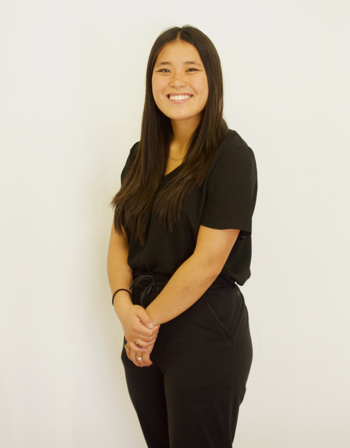
Miranda Ong Smith
Remote Presence Technology Coordinator
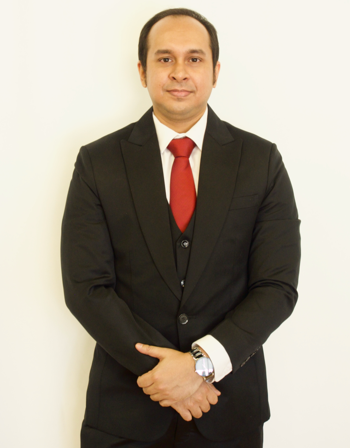
Mahmood UI Islam
Senior Software Developer | Cloud & AI Specialist

Dr. JM Stevens
Senior Primary Medical Services Specialist
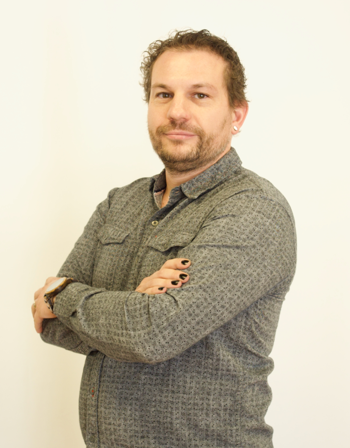
Dr. Chad Hammond
Research Associate
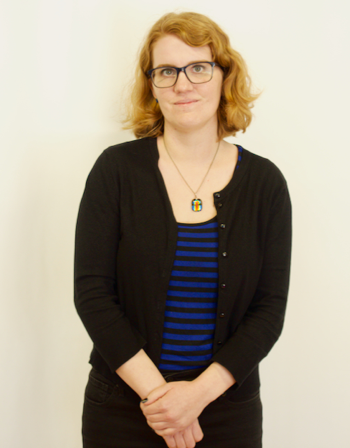
Lindsay Woods
Communications and Social Media Coordinator
Sponsors and Donors
We would like to thank






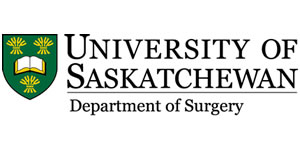




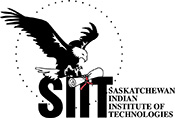
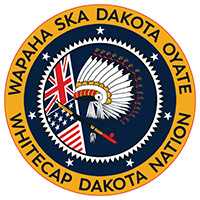

Industry Partners





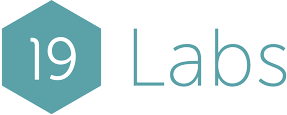
About Us
We are building the Virtual Health Hub, the future of healthcare delivery
Mission
Our mission is to improve access to care for vulnerable populations in Saskatchewan by fostering relationships with communities, identifying priority services required, and facilitating the use of remote presence robotics to make these partnerships a reality.
Vision
The remote presence program brings high-quality, patient-oriented, and community-driven care to help vulnerable populations access health services close to home.
Contact us
Email: virtual.care@usask.ca
Technology is unstoppable
The future is not in building more brick-and-mortar hospitals but in harnessing the power of technology for healthcare delivery.


